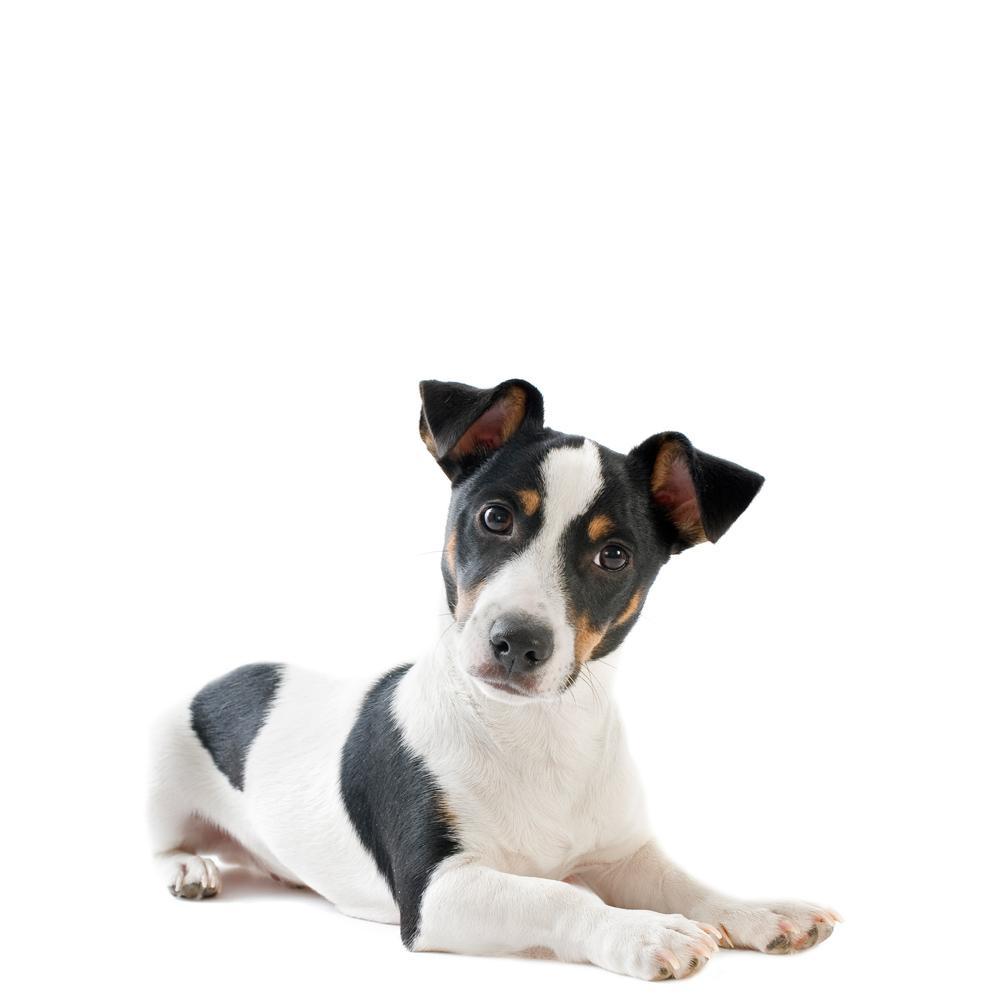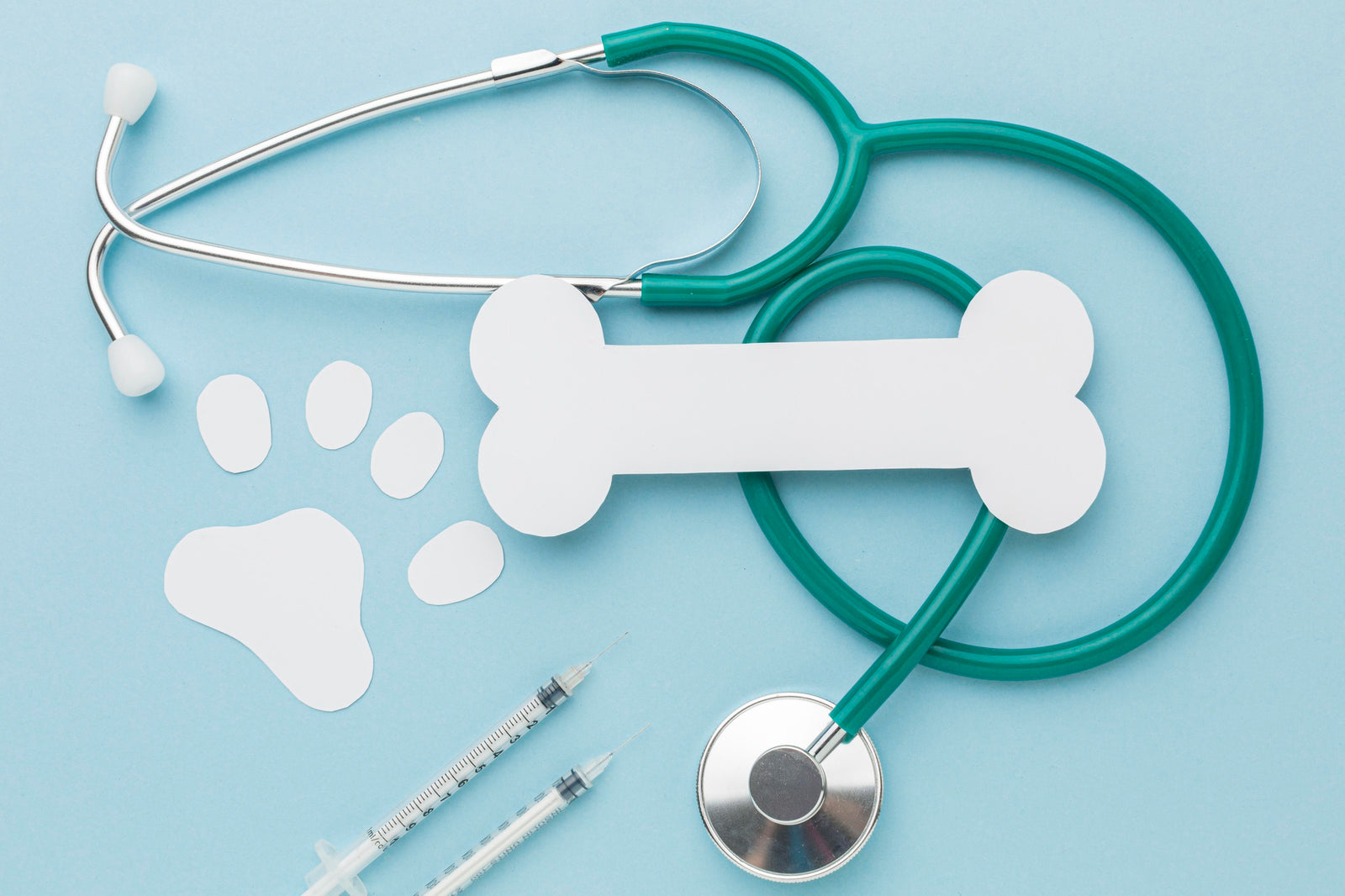Your Cart is Empty
🔥 CLOSE OUT SALE 🔥50% OFF sitewide use code clear final sale, no returns or refunds
🔥 CLOSE OUT SALE 🔥50% OFF sitewide use code clear final sale, no returns or refunds
🔥 CLOSE OUT SALE 🔥50% OFF sitewide use code clear final sale, no returns or refunds

Proper and balanced nutrition is one of the basic key needs of a dog. A good diet helps to keep your dog healthy and strong. There are hundreds of dog foods available, so choosing the best type can be tough. There’s a contrasting opinion about canine nutrition as this varies among breeders, vets, trainers, and different dog owners.
The truth is that even the experts don't always agree on the best type of dog food. Why? There's no easy answer. Ultimately, you will need to decide what food best suits your dog. You need to consider things like the type of food, quality, and budget, for starters. But, if you’re a newbie, we’ve prepared a few tips to help you learn how to choose dog food. So, let’s dig in!
Meat and chicken byproducts always get an undeserved reputation. This is largely contributed by companies that claim "real meat" or "real chicken" ingredients are better. The term "byproduct meal" refers to ground-up parts of the animal carcass; this also includes bones and organs of the carcass. However, they are highly nutritious, and you need to go now and check some of these brands. Also, cornmeal and grains are common ingredients in commercial dog foods, which veterinary experts say is okay. While gluten-free is a trendy diet for humans, animals like dogs are rarely gluten-sensitive. However, if your dog is allergic to some types of food, be sure to consult your veterinarian expert.
If you’re looking to spoil your dog, go for something with whole meats. These types of meats are usually labeled as beef, lamb, salmon, chicken, etc. They may also read something like Whole or Fresh Chicken. This is the premium stuff and is likely human-grade meat. However, the significant difference with whole meat is that it can contain up to 65 percent moisture before cooking.
In contrast, meat meal has the moisture extracted before being processed into kibble. In simple terms, this means whole meat contains fewer nutrients than a meat meal. Go for dog food, where the first five ingredients contain at least three meat sources. Finally, avoid foods with ingredients legally labeled as “human grade” as this is not allowed by the FDA.
If you want to switch to a grain-free diet because you suspect your dog has a food allergy, visit a vet first. Grains are good for dogs unless your dog has severe energy. In many cases, you can avoid the high price tags that come with these formulas. But how do I check if my dog has a food allergy or intolerance? A few signs to look out for include excessive licking of the paws, vomiting, scratching, or diarrhea. Be sure to consult a vet as they will help you find answers. In many cases, it's often the food's main protein (like beef or chicken) that causes the allergy and not grains.
When buying dog food, you can choose to pick either dry or wet dog food – some brands also offer dehydrated food. The benefit of dry food is that it doesn't require refrigeration after opening. Also, it can be relatively cheaper compared to wet, canned food varieties. Both dry and wet dog food contain similar ingredients. However, wet food may contain a high amount of animal byproducts and fresh protein. Dehydrated food is quite expensive, and it's also of high quality. This is because it's meant to be mixed with water for rehydrating into a meal.
You should avoid sugar by all means. Additionally, you also want to avoid corn syrup, cane molasses, sucrose, sorbitol, glucos, or xylitol, among others. Such ingredients are used to make food tastier for your dog. They add extra calories, which are unnecessary and have no nutritional value. Also, sugars can lead to obesity, nervousness, and hyperactivity in your dog.
If you have a dog that works or competes, it will burn more calories than a dog whose sole exercise is an occasional walk. A dog who's an athlete will benefit from a nutrient-dense dog feed designed for athletic dogs. In contrast, if your dog doesn’t get much exercise, you may need to consider dog food for weight management to maintain his body condition.
Remember to serve your dog the appropriate food servings. While leaving food all day for your dog seems convenient, they could potentially over eat. Ensure you check the label on your dog's food for appropriate serving sizes based on their weight. By following the tips we've outlined above, you're well on your way to buying your pup the best dog feed. If in doubt, ensure you consult your veterinarian first.
Comments will be approved before showing up.



Helpful information on the French Bulldog dog breed.
We will also notify you with new releases and special offers.
Informational posts about French Bulldogs. Tips and helpful advice on the Frenchie breed and other breeds.
Sign up to get information & expert advice about pets' health and safety. We will also notify you with new releases and special offers.